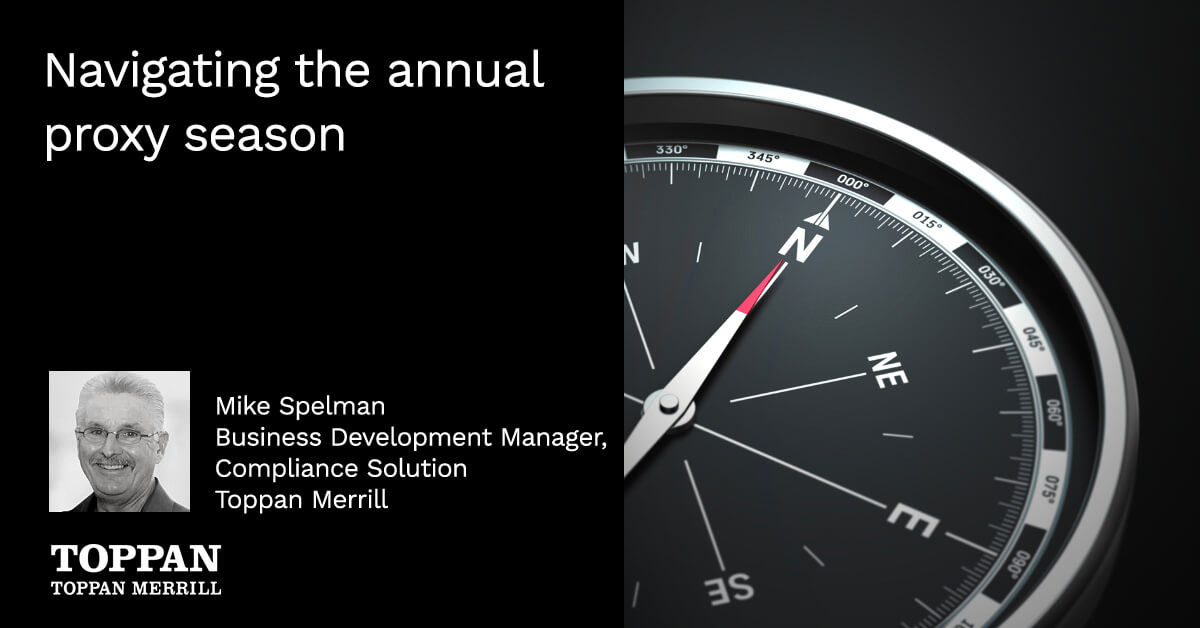
SEC Mandates Inline XBRL Tagging for SPAC Filings: What You Need to Know
The SEC mandates new disclosures and Inline XBRL tagging for SPACs and the companies they acquire. The tagging compliance begins...
On The Dot (Episode 8) - A conversation with Jennifer Froberg, Gordon Ruckdeschel and Jon Regan discussing the EDGAR Next enrollment and delegation process.









